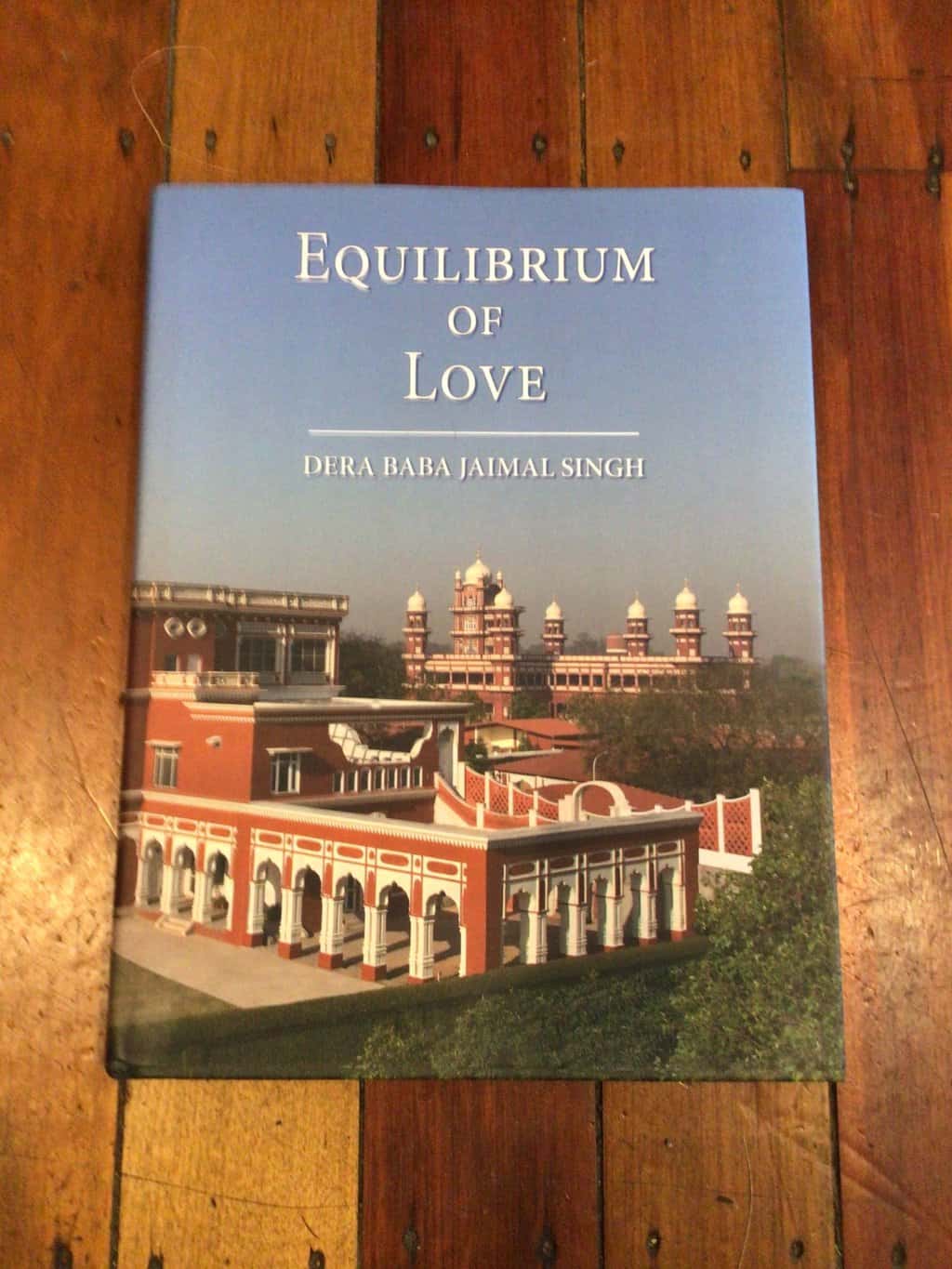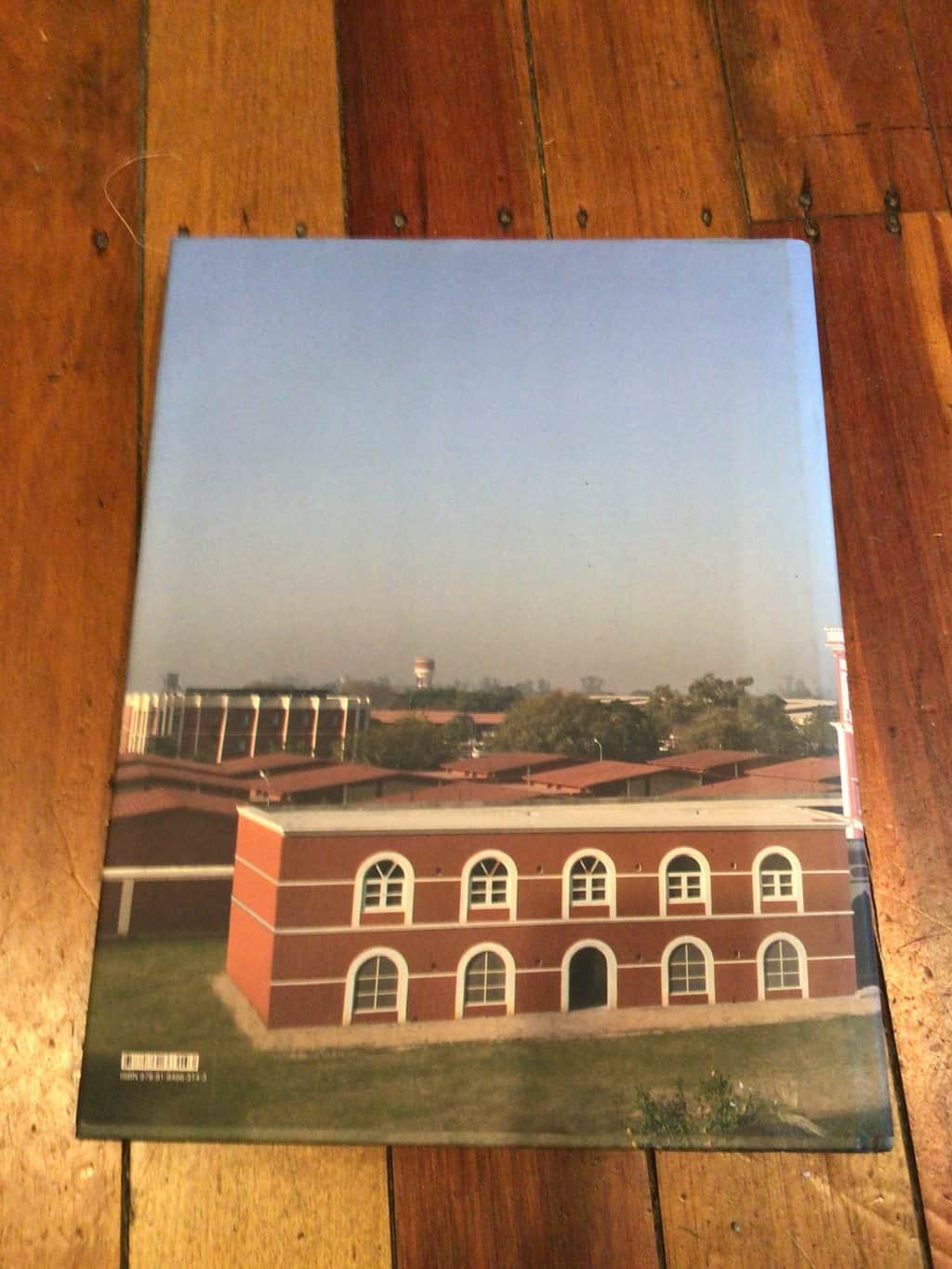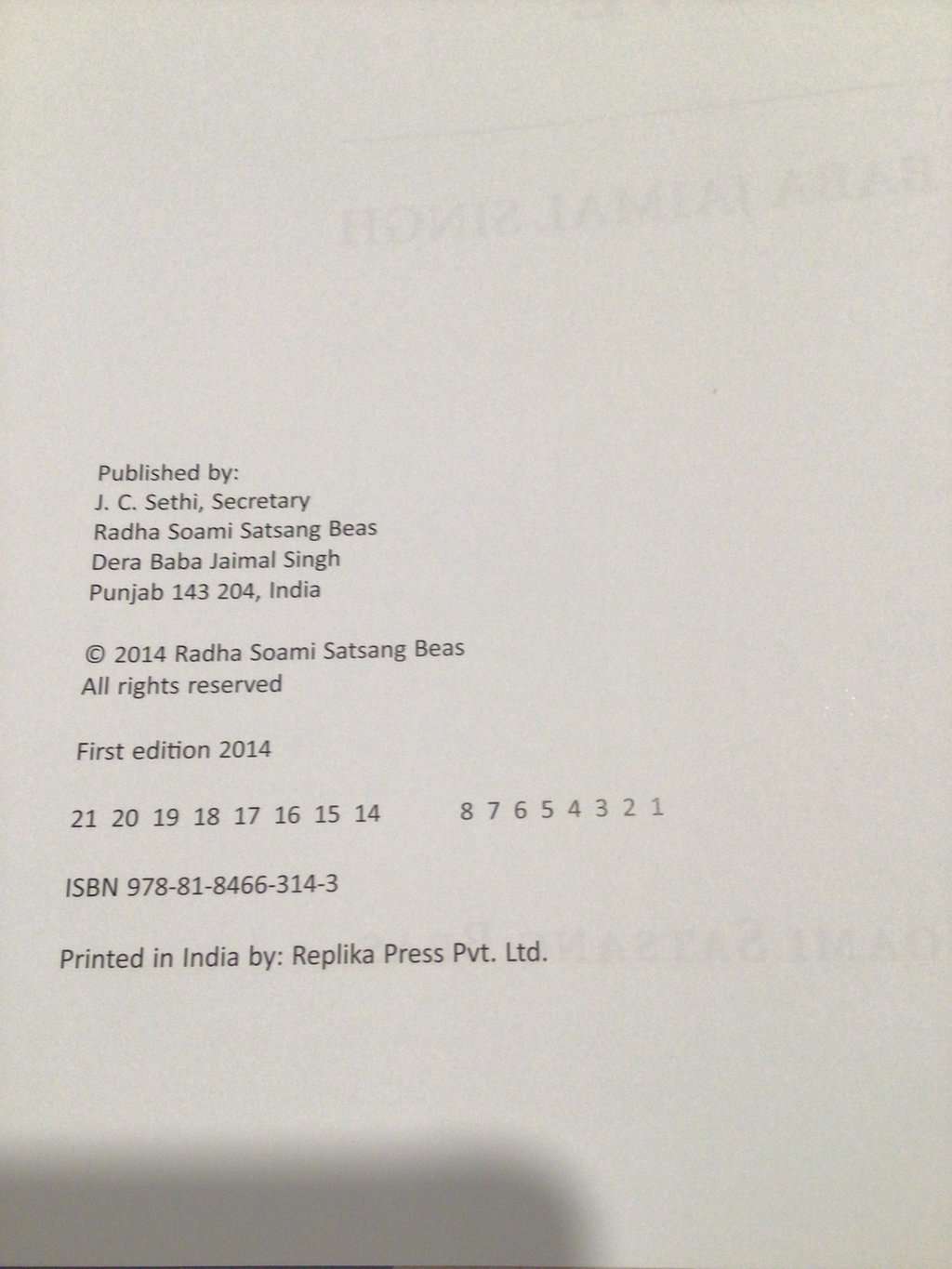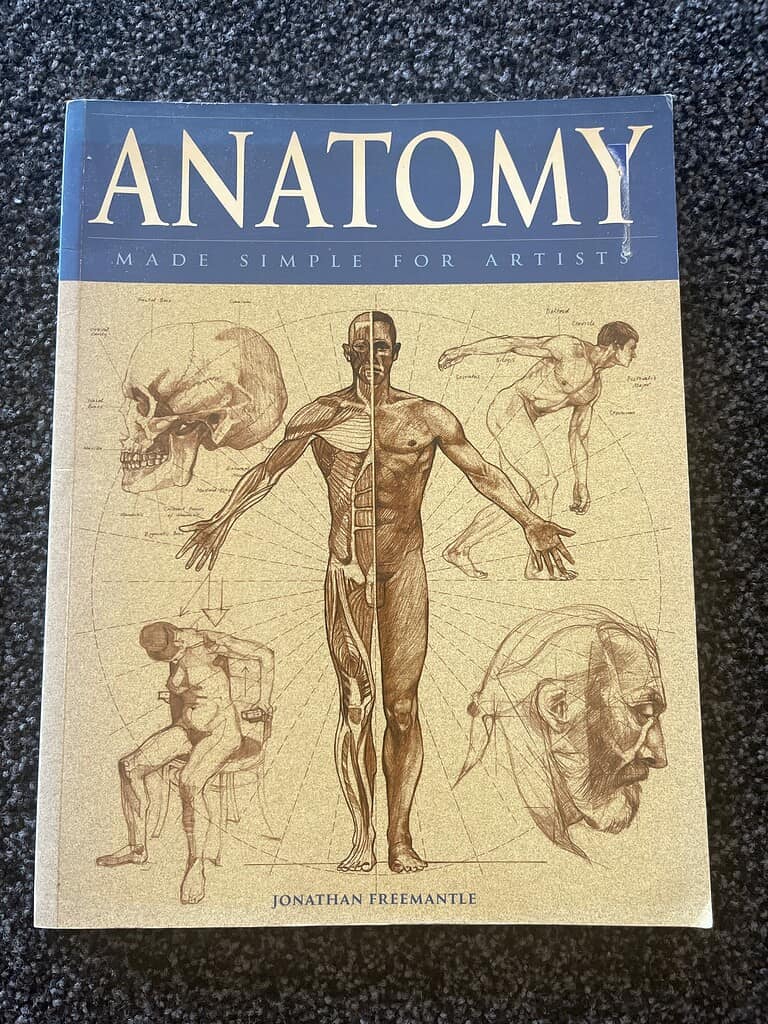397 page hard cover in fine used condition. 2014 first edition Replica Press India.
Wherever there is a sangat, there is a Dera. Dera is not a place made of bricks and mortar and other things. Dera is made up of the devotees, of the loves of the Lord, of the seekers of the Father – that is Dera. When sangat is there, Dera is there. Without the sangat, there is no Dera at all. So don’t think that just by making a few buildings or houses or a colony you are able to make a Dera. Dera is just your love, your harmony, your affection, your understanding, and your cooperation with each other. That is Dera.”
Dera Baba Jaimal Singh is a community where people live, visit, and work while trying to put into practice the spiritual teachings of the saints (Sant Mat), a path of selfless service and meditation.
Dera is both a place and an idea, a state of mind and attitude of the heart. Here people come from all over the world for spiritual guidance and inspiration, and to practise the principle of love, harmony, and service 24 hours a day-
not because anyone has told them to do so, but because they genuinely want to serve the master and the sangat.
Baba Gurinder Singh is the current spiritual master of the Radha Soami line of saints, as well as the spiritual patron of the Dera. Visitors and residents attend his discourses (satsangs) and perform voluntary service (seva) as means of expressing their love and gratitude. Spirituality at the Dera is not a collection of theories but the translation of those theories into action.
The word “ashram” does not correctly describe the Dera, for it is not only a spiritual retreat but also a full-fledged township that operates on so massive a scale that it must be seen to believed. Hundreds of thousands of people come at designated times throughout the year to attend satsang, receive initiation(instructions on how to meditate) and perform seva. The challenge facing the Dera is to ensure that visitors are comfortable and cared for-because when their physical needs are met, they are free to delve into the teaching of the mystics and seek spiritual fulfilment.
So, while the central purpose of the Dera is to create an environment which supports the pursuit of spirituality, the Dera also seeks to create a cost-effective yet flexible infrastructure that meets the sangat’s physical needs. Long –term planning is required to anticipate future growth in areas such as vehicular and pedestrian traffic; the placement of parking, food outlets, shelter and toilet facilities; and the provision of many other necessities. This infrastructure incorporates alternative energy practices, sustainable agriculture, green spaces using local indigenous plants, modern sanitation and treatment of water and wastes. To help meet its goal of self-sufficiency, the Dera fabricates many of its own building materials, such as tiles, bricks, railings, windows and doors.
In the end, however, it is the love and service of the Dera’s many dedicated sevadars (volunteers) that build and maintain this unique colony.
The Dera’s developed area spans approximately 1,900 acres, with an additional 1,250 acres under cultivation. It has a permanent population of about 7,000 residents, the majority of whom are the 1,500 full-time sevadars (and their families) who serve the sangat throughout the year.
During the 19 designated weekends each year when the master delivers satsang, the Dera’s population swells to as many as 200,000 to 500,000 people. They come not just from india, but from all over the world. They may come for only a weekend or they may stay for a few weeks at a time. They are from different cultures, religions, social backgrounds and income levels. They are doctors and farmers, professors and taxi drivers, housewives and students, computer specialists and construction workers. In other words, they come from all walks of life and may be of any age, gender, caste or nationality. Practically every religion is represented, as one does not have to give up one’s religion to follow this path.
Many of the visitors participate in seva during their stay. They take time off from their jobs and other responsibilities to work shoulder to shoulder in a spirit of love and humility. A housewife may help to translate a book. A banker may work side-by-side with a student to help build a road. These sevadars come for one reason: to learn how to mould their lives according to the highest spiritual ideals. Saints teach that performing seva is a way to learn humility through sacrifice. Sevadars sacrifice their time, energy and status. There is no incongruity in seeing an elegant woman in a sari carrying a bucket of sand on her head for road building, for example.
People may also donate money or farm produce, such as rice, wheat and vegetables. Farmers even come with their tractors and other equipment to use on certain projects. Donations are not solicited; people naturally want to contribute however they can.
In fact, the Dera, which is legally a charitable, non-profit society, is funded only through such donations. Necessities like food and basic household supplies, and the Dera’s many publications, are sold below market rate or on a subsidized basis. The master does not accept gifts or money for himself or his family from the sangat; all money donated in seva is channelled into supporting the sangat.











